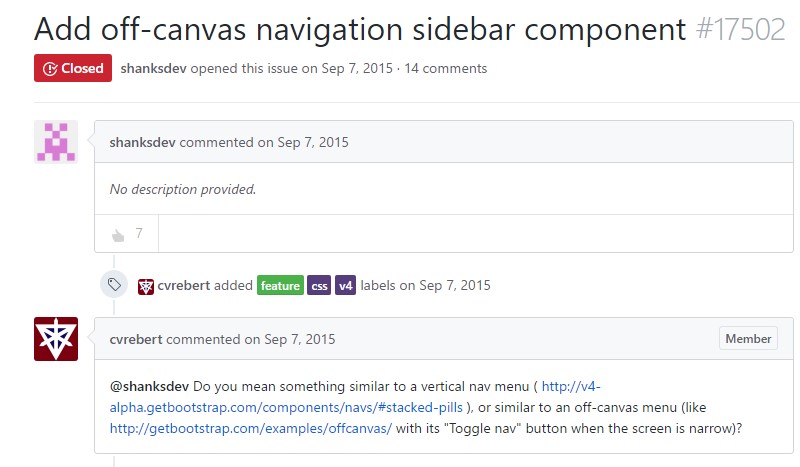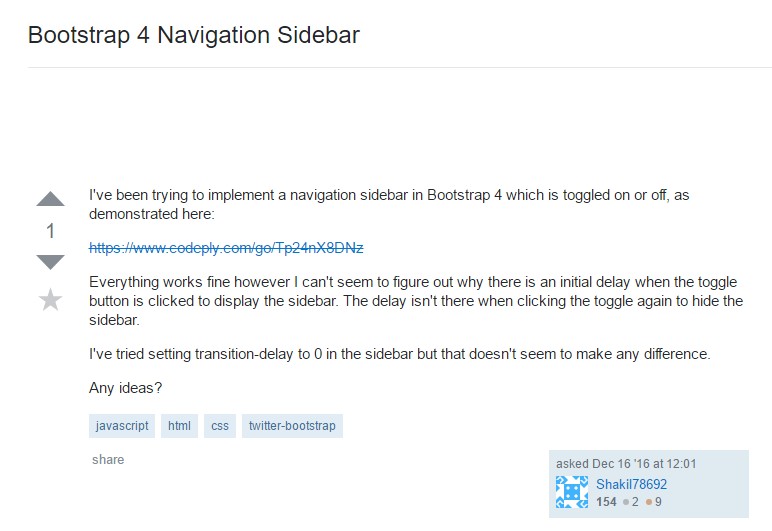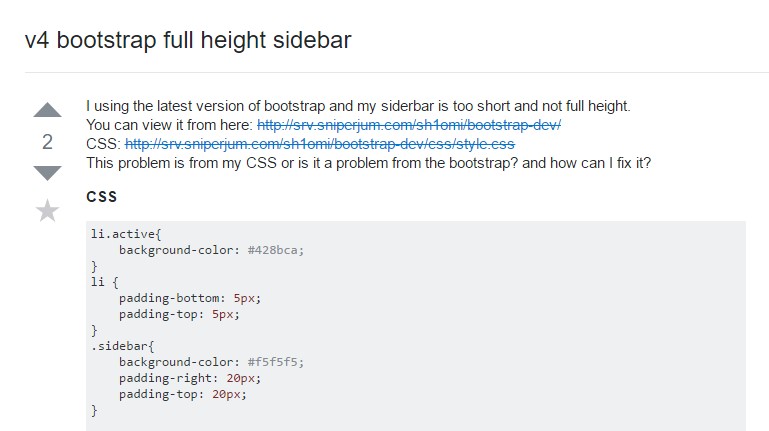Bootstrap Sidebar Example
Introduction
Throughout most of the web pages we just recently discover the content ranges from edge to edge in width with a convenient navigating bar just above and simply conveniently gets resized when the identified viewport is hit and so practically the showcased material fluently utilizes the entire width of the webpage accessible. Even so at a certain events the desired purpose the web pages need to work in require together with the fluently resizing material area an additional section of the provided screen width to get assigned to a still vertical component with several hyperlinks and material in it-- in shorts-- the well-known from the past Bootstrap Sidebar Toggle is required. ( learn more)
Efficient ways to employ the Bootstrap Sidebar Content:
This is quite old-fashioned method however supposing that you certainly want to-- you can certainly build a sidebar feature with the Bootstrap 4 system which in turn in addition to its own flexible grid system also present a several classes created especially for establishing a secondary rank navigation menus being docked around the web page.
However why don't we start it easy-- via simply just nesting some rows and columns -- It is presumed this could be the best solution. And by nesting I intend you have the ability to gave a
.rowAnd so let us say we need a right adjusted Bootstrap Sidebar Submenu with several content inside it and a basic page to the left of it. We must determine the grid tier down to which we desire to keep this alignment prior to the sidebar and the major material stack over each other-- let us say-- medium and up. So a workable approach attaining this could be this:
Primarily we require a container element to keep the rows and columns and considering that we are certainly building something a little bit more complicated the
.container-fluidNext we need to have a
.row.col-md-9.col-md-3Next in these columns we can easily just generate some supplemental
.rowA number of more suggestions
Additionally in case you need to create a sidebar navigation menu along with the desired
.col-*.sidebar<main>.col-*Aside from that in case you need to make a sidebar navigation menu together with the preferred
.col-*.sidebar<main>.col-*Take a look at some youtube video short training relating to Bootstrap sidebar
Connected topics:
Add in off-canvas navigation sidebar element

Stackoverflow: Bootstrap 4 Navigation Sidebar

V4 Bootstrap whole height sidebar
